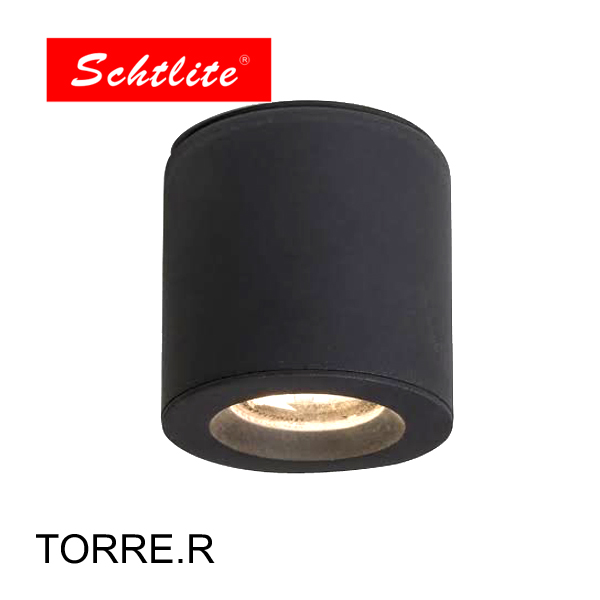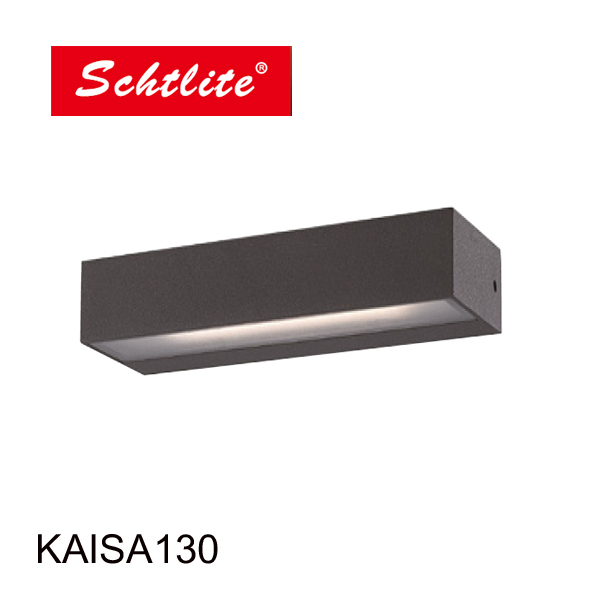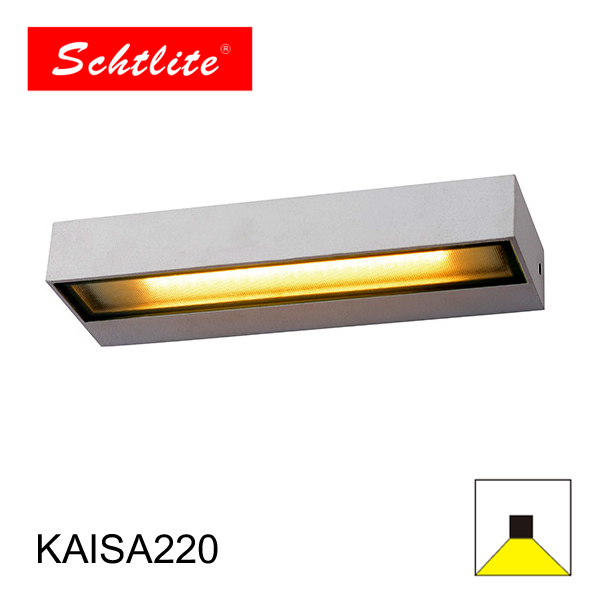In our life, lighting is an indispensable and important part. Home lighting can not only bring us a bright indoor environment, but also embellish different indoor areas, and create a variety of home styles through different combinations.
For users with different lighting needs, through the cooperation of different lamps, a variety of lighting effects can be achieved, and even the opening and closing of different lamps can create personalized lighting, adding warmth and fun to our lives.
However, such an important lighting is not simply to light up or to look good. However, there are some misunderstandings in home lighting. If the lighting is only arranged according to the lighting effect, it will not only waste electricity and lamps, but even affect our lives. These misunderstandings should also be avoided when setting lamps.
Next, I will analyze some common misunderstandings about home lighting. I hope you can gain something after reading it, make reasonable arrangements for your home lighting, and create a comfortable lighting environment.
Misunderstanding 1: The brightness of the lighting in the home environment is too high or too low
The brightness of indoor lighting directly determines the indoor lighting environment. We all know that an environment that is too dark is not good for us to distinguish objects and environments, but lighting that is too bright can also have an impact on our lives.
Some people like to create a bright feeling in the room, using a lot of lamps to provide a very bright environment, and some users like a low-key feeling, the indoor light only provides low-brightness lighting, these practices will affect our Eye muscles can bring stress and cause visual fatigue, which is not desirable.

For home lighting, different functional areas require different brightness. The living room needs to receive guests and provide an overall bright environment; the study room needs to provide a bright environment for reading; the dining room needs to provide lighting for the dining environment, all of which require high brightness.
The main function of the bedroom is to provide rest, and its brightness should not be too high, so as to create a more suitable environment for rest. Kitchens and bathrooms do not have high requirements for lighting, and lamps with softer brightness can also be used to provide lighting.
In addition, it should be noted that although different spaces are suitable for using different brightness, there should not be too much light and dark changes in different rooms. When our line of sight is switched between different brightness, the eye muscles need to be adjusted to adapt to the environment. Large light and dark changes It is easy to cause visual fatigue. This way we don't have any discomfort when entering different rooms.
In general, the brightness of indoor lighting should be kept soft and uniform, providing higher brightness in the living room, study and dining room, while providing lower brightness in the bedroom, kitchen and bathroom, and there should be no big difference in different brightness, so that Can create suitable lighting for us without wasting energy.
Misunderstanding 2: Excessive use of warm light in the home environment
The light colors used in indoor lighting are different, which will also bring about completely different lighting environments. Generally, the yellowish light is warm color light, which can bring us a warm and comfortable lighting environment, and the bluish light is cool color light, which can help us concentrate and improve our concentration.
Many users think that the home environment is mainly a space for rest and entertainment, and it is necessary to use warm color light to create a warm environment. In fact, it is not appropriate to do so. Warm color light can indeed provide us with a warmer lighting environment, but its color temperature is low, which is not conducive to work such as learning and reading, so warm color light cannot be used too much.
According to different functions, the light colors used in indoor spaces are also different. The living room, study and kitchen need light to concentrate, so it is more appropriate to use neutral white light color, while the bedroom and bathroom need to provide a comfortable environment for our rest, and it is more appropriate to use warm color light.
When choosing lamps and lanterns, we should pay attention to whether the light color marked on the package is cool or warm, so that we can use it reasonably in the home environment. Users can also identify the product according to the color temperature value of the lamp. The color temperature below 3300K is warm color light. 3300K-5300K is neutral white, and above 5300K is cool light. If there is no color temperature or light color logo on the packaging of the light source, try not to buy it.
Misunderstanding 3: The contrast between light and shade and color is too strong
Speaking of the contrast of the indoor environment is too strong, many people know that the lighting environment in different rooms should not have too much contrast, but even in the same room, there is a misunderstanding of the strong contrast of lighting, which is easy to cause us to ignore.
The living room in modern homes will design a TV wall. Some families will install spotlights on one side of the TV wall, and only turn on the spotlights when watching TV at night to pursue visual effects, but this will bring the contrast between the TV wall and the surrounding environment. It will affect the visual perception for a long time.
Some users turn off the main lighting with the help of desk lamp lighting when reading and studying, thinking that this can save power. Although it can indeed save power, it is more likely to lead to aggravation of visual fatigue, thereby affecting its visual health. It will cause a strong contrast between the desktop brightness and the ambient brightness, which is easy to cause visual fatigue, but the gains outweigh the losses.
Setting a desk lamp in the bedroom can make it easier for us to get up at night, and we can also read a book or use a mobile phone comfortably in bed, but the brightness of the desk lamp is not easy to be too high, so that there will be no dazzling lighting at night, and it is also helpful for our rest. important role. You can choose a desk lamp with a brightness adjustment function, which is more suitable for use in the bedroom.
On the whole, whether it is a large indoor environment or the same space, there should not be an environment with obvious contrast between light and dark. Uniform lighting is an important part of a comfortable environment in the long run.
Misunderstanding 4: There are too many lighting colors in pursuit of effect
Different colors of lighting can reflect the owner's personality and aesthetics, and can also create different home environments. Too much color, though, is often counterproductive, not only lacking a distinct personality, but also making us uncomfortable in such a lighting environment.
Some families like the colorful feeling when choosing lamps, or in pursuit of high-end atmosphere, they install lamps of various colors indoors, which can illuminate the room into a colorful environment when needed. Although it may look luxurious, in actual use, the messy light and color have an impact on our vision and our normal life, which is prone to light pollution.
In fact, the colors in the home environment only need to have one main color, and there is no need for too many colors, and there is no need to spend a lot of time arranging lamps. The colors and color temperatures of different rooms should also be coordinated.
Generally speaking, there are various misunderstandings in the arrangement of home lighting, which need to be avoided by careful arrangement. As long as the scientific and reasonable settings are followed, the lamps can illuminate our healthy and comfortable life and add luster to our home environment.







